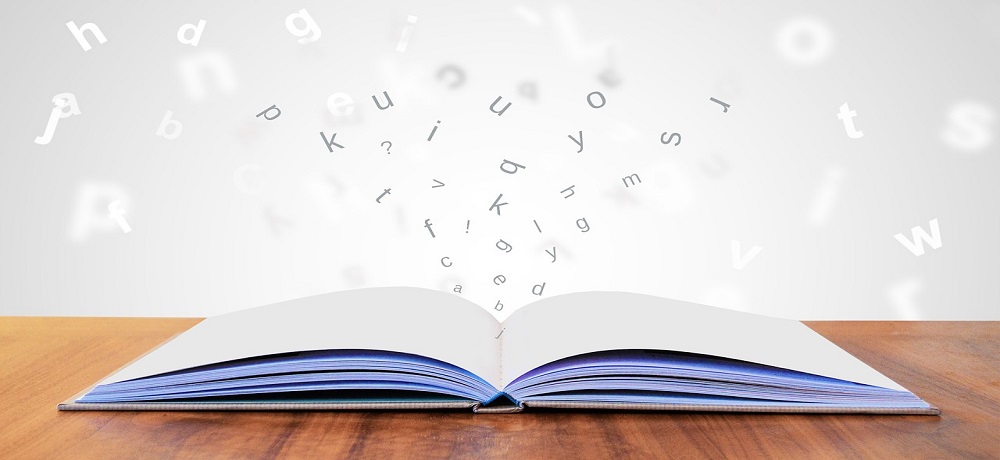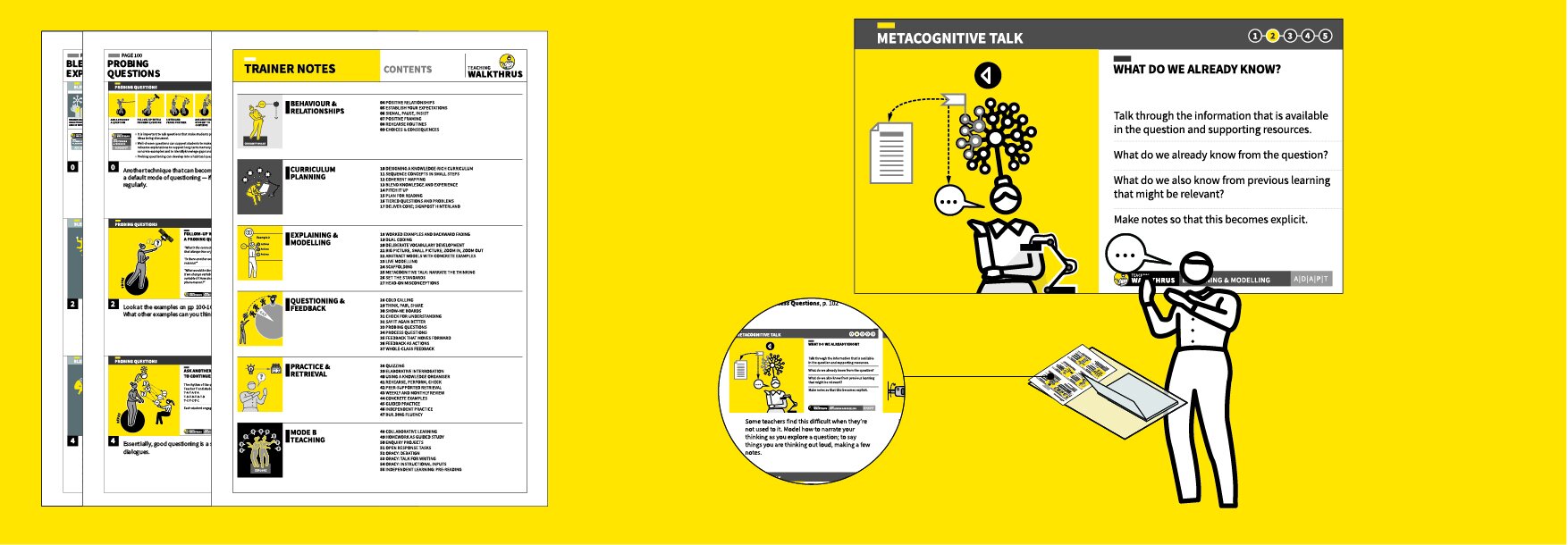Recommended Info For Choosing Italian Kindergarten Teaching Didactics
Wiki Article
What Are The Materials That Italian Primary And Nursery Schools Need For Teaching?
Primary or nursery Italian school requires several teaching resources in order to help their students learn and develop. Here are some examples of the materials that could be required: Textbooks, workbooks, and other teaching aids: They are crucial for teaching core topics like Italian, mathematics, science or social studies.
Art and craft materials They include crayons, paint, brushes, markers and other materials students can make use of for their creative projects.
Puzzles, blocks or games that use manipulatives are excellent for developing the ability to think critically and problem solve abilities.
Technology for education: Computers (tablets and other.) as well as other technologies can be used to assist students learn, and also provide them with extra tools.
Visual aids, such as diagrams, charts, or maps, can help students retain and understand important concepts.
Books: A variety of age-appropriate books written in Italian will encourage reading and develop language skills.
Musical instruments: Musical instruments such as tambourines, xylophones, and maracas can be used to teach rhythm and music appreciation.
Safety materials are necessary to protect the health and safety of employees and students. These include emergency kits for first aid, procedure posters and fire extinguishers.
Equipment for sports: Balls, cones, and other equipment can be used for classes in physical education and outdoor play.
Italian primary schools and nurseries will require an a variety of resources to stimulate and engage their pupils. Have a look at the best scuola infanzia for site examples.
What Maths-Related Teaching Aids And Educational Materials Are Recommended In Italian Nurseries?
The use of mathematics educational materials at Italian nurseries can improve the numerical, spatial and problem-solving abilities of children in the early years. Here are a few examples of recommended materials for counting manipulatives Use manipulatives for counting, such as counting bears, blocks, and beads can help children develop their counting skills, as well as their fine motor abilities and hand-eye coordination.
Charts and number cards: Use charts and cards to teach your kids how to count and to learn numbers. These could be large, colorful cards, or bigger numbers to hang on the wall.
Shape manipulatives are a great tool to teach children about the properties of shapes, how they work and to develop spatial reasoning.
Tools for measuring such as measuring tapes scales and rulers are helpful to teach youngsters about measurement and comparisons, as well developing their mathematical vocabulary.
Simple games can be utilized to improve the problem-solving abilities of kids. They also assist them to improve their concentration and their concentration.
Technology-based resources: Technology can provide children with additional resources for learning like math-related apps on tablets and games.
It is crucial to utilize these tools in a developmental appropriate way, and to ensure that they're safe and suitable for young children. Teachers and parents are able to make use of these resources in order to create fun, interactive math exercises which promote curiosity and love for learning. Read the top rated materiale didattico matematica for website advice.

What Are The Most Recommended Science-Based Curriculums For Italian Kindergarten Schools?
Science didactic cards are an excellent way to introduce young children in Italian nurseries to the basics of scientific concepts. Here are a few types of science didactics cards that can be highly recommended. Animal cards: They aid children to learn about animals and their characteristics. They could be illustrated with animals and their habitats to make learning more interesting.
Plant cards: Plant cards can assist children in learning about different plants and their traits. Plant cards can be illustrated with illustrations of different plants as well as their growth stages. This can make the learning experience more enjoyable.
Weather cards are a great way to teach children about the different types of weather and how it affects the environment. They can include pictures of various weather conditions such as rain, sun, clouds and snow.
Space cards are a fantastic method of teaching youngsters about the solar system, planets and their unique features. The cards can include illustrations of the planets, their unique features, and additional information.
Human body cards: Human body cards can aid children in understanding different parts of the body and how they function. They can also include pictures of body parts and their functions.
It is essential to choose science-based didactic materials that are engaging and interactive for children of all different ages. Teachers and caregivers can utilize these cards to design engaging and fun activities in science that encourage children's curiosity and enthusiasm for exploring the world around them. Check out the top rated schede didattiche scienze for site info.
What Teaching Resources For Geography Are Needed By Italian Nurseries?
Teaching materials for geography in Italian nurseries can help children develop an understanding of the world around them and gain knowledge about various cultures and the environment. Here are a few examples of geography-related teaching materials that may be needed: Maps. They are a great way for students understand the geographical and geographic features of various countries and regions and also the place of natural landmarks.
Globes help children to visualize the earth's surface and are a great way to teach about continents and the oceans.
Pictures and video: Videos and images of different places around the globe can help children understand the different cultures and develop a sense of appreciation for them.
Books: Age-appropriate books for children that highlight different cultures can spark a child's curiosity and interest in the world.
Natural substances. Materials such as shells and plants are ideal for teaching children about ecosystems.
Field excursions The field trip to local parks, zoos, or museums provide kids with engaging experiences that allow them to learn about geography in the real world.
It is crucial to select teaching resources for geography that are age-appropriate as well as culturally sensitive. Teachers and caregivers can utilize these resources to design exciting, interactive geography lessons that encourage children's enthusiasm and curiosity.


